Introduction
Test rocks are important geotechnical, mining, and construction industry activities. The building structures above or with rocks are safe, durable, and efficient. The importance of optimizing the efficiency of rock testing equipment is as much to save time as it is to reduce costs and improve accuracy. This blog will look at some of the best practices, tips, and tools for rock testing processes that will enhance reliability and consistency in results.
Why Rock Testing Efficiency Matters
Rock testing has a significant effect on project timelines and therefore the end results of the projects. Timely and accurate information has enabled engineers and geologists to make informed decisions and mitigate risks for project success. Inefficient testing leads to errors, delays, and avoidable costs, so it is of utmost priority to optimize rock testing.
Best Practices for Optimizing Rock Testing Efficiency
- Use Advanced Testing Equipment
Whipping out state-of-the-art precision-designed equipment for tests such as compressive strength, permeability, or durability will guarantee precision and speed in testing. Automated machines test different samples without human interference and therefore much less human error.
- Maintain Equipment Regularly
Calibration and maintenance as routine practices for testing equipment are paramount. Machines well maintained will yield accurate results and avoid long periods of costly, unproductive downtime.
- Train Personnel Effectively
Accessible testing needs skilled operators attached to it. Regular training sessions for the personnel help to keep them updated with the various methodologies, technologies, and protocols of safety.
- Follow Standardized Procedures
When standards for internationalization are ASTM or IS codes, it ensures consistency in test results. The use of standard testing procedures enhances the credibility of test results.
- Implement Digital Data Management
Recording, storing, and analyzing testing data through digital tools can thereby help in fast-tracking the workflow processes. Minimizes manual errors and gives fast access to historical data for comparisons.
- Optimize Sample Preparation
Rock samples must be perfectly prepared and have to be cut, shaped, and cleaned for any test results to be accurate. Automating the preparation process can save considerable time.
- Conduct Pre-Test Analysis
Analyzing the geology of the rock type, and defining the properties and behavior that it would show ahead of testing can assist in identifying suitable possible test methods and thereby reducing time and money.
Key Tips for Improving Rock Testing Outcomes
- Understand Project Requirements
Fine-tune testing techniques according to the particular requirement of a project. For example, advanced stress testing methods may be needed for a project particularly dealing with tunnels.
- Monitor Testing Conditions
These are temperature, humidity, and other environmental factors that affect the test results. By controlling and monitoring these factors, test accuracy is ensured.
- Use Non-Destructive Testing Methods
Where possible, use non-destructive testing techniques such as ultrasonic pulse velocity or rebound hammer tests. They are quick and preserve sample integrity.
- Leverage Real-Time Analytics
Real-time analysis facilities of these advanced testing machines do give incredibly quick feedback such that faster decision-making or error detection tends to occur.
- Optimize Logistics
Proper transportation and handling of rock samples will ultimately prevent damage, which will in turn ensure reliable test results.
Conclusion
For most industries where accurate geotechnical data is most important, optimizing rock testing efficiency trivializes the whole idea. Indeed, companies can save time and money while having dependable results from advanced equipment with a standard testing procedure along with the use of digital devices. Whether you are a geologist an engineer or a project manager, implementing these best practices in rock testing will ensure its efficiency and effectiveness.
With optimization strategies for rock testing, stay ahead of the game in your field and create a very solid ground for your projects.
FAQs
1. What is rock testing?
Rock testing involves analyzing the physical and mechanical properties of rocks to determine their suitability for various construction or engineering purposes.
2. Why is rock testing important?
Rock testing ensures that structures built with or on rocks are safe, durable, and compliant with engineering standards.
3. What are common rock testing methods?
Common methods include compressive strength testing, permeability testing, density testing, and non-destructive techniques like ultrasonic velocity tests.
4. How can I improve rock testing accuracy?
Invest in modern equipment, follow standardized procedures, and train personnel to reduce errors and improve accuracy.
5. Are automated testing machines worth the investment?
Yes, automated machines improve consistency, speed, and accuracy, making them a worthwhile investment for large-scale projects.


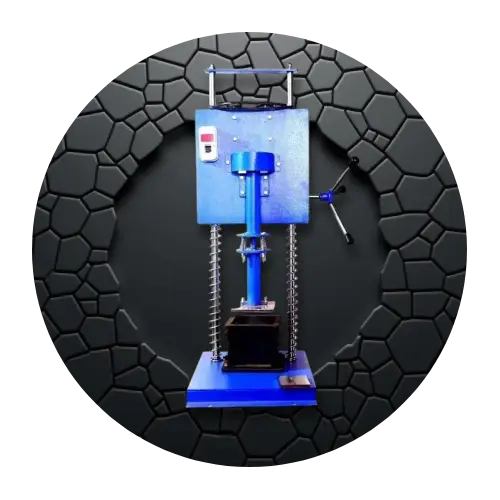
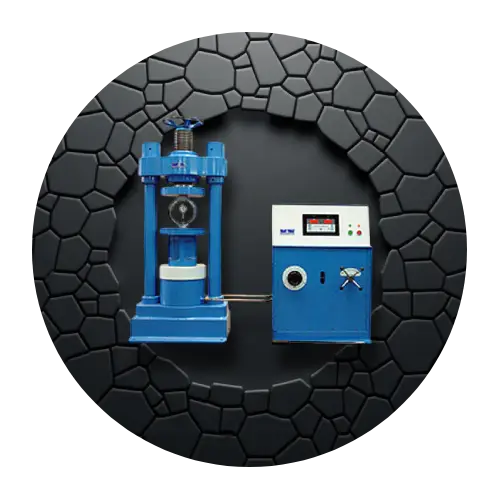


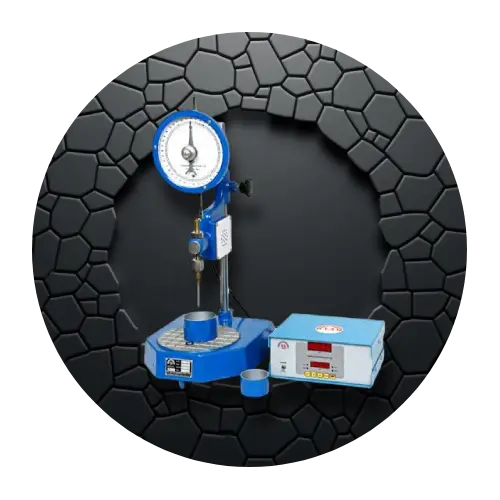




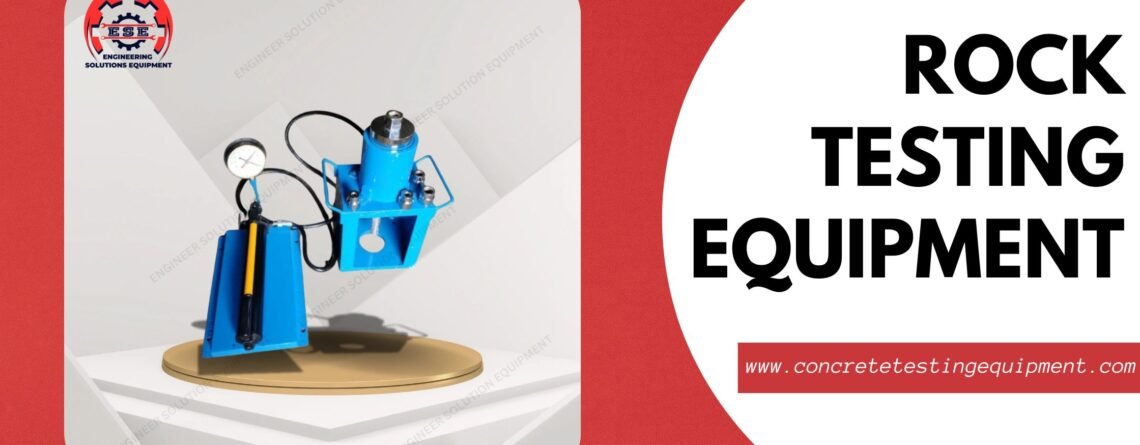

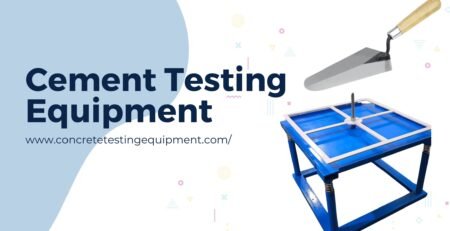







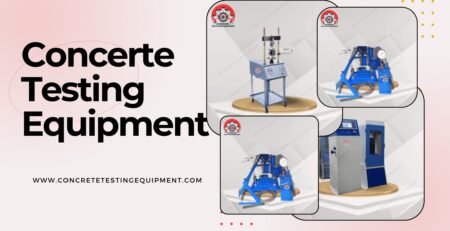


Leave a Reply